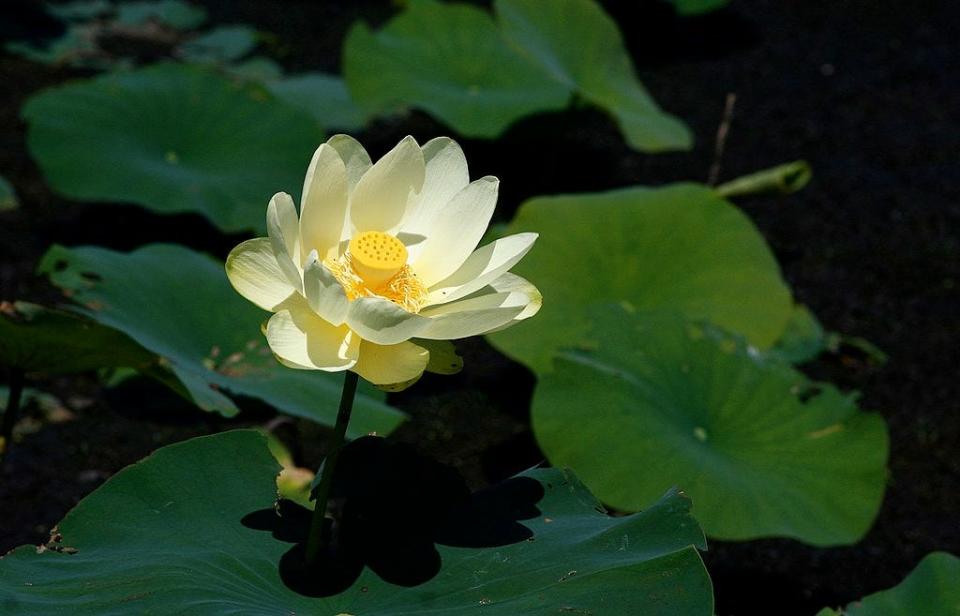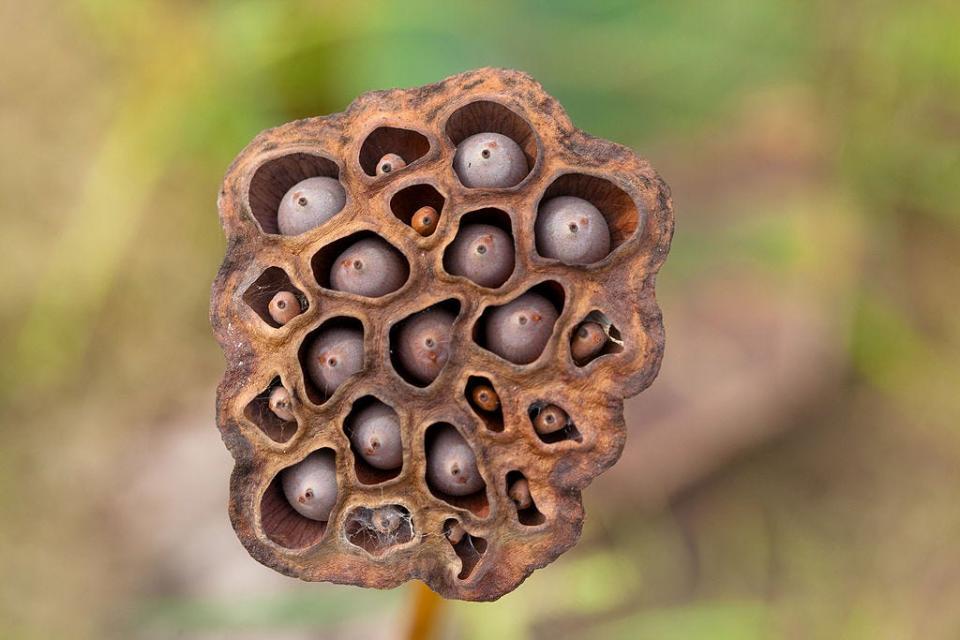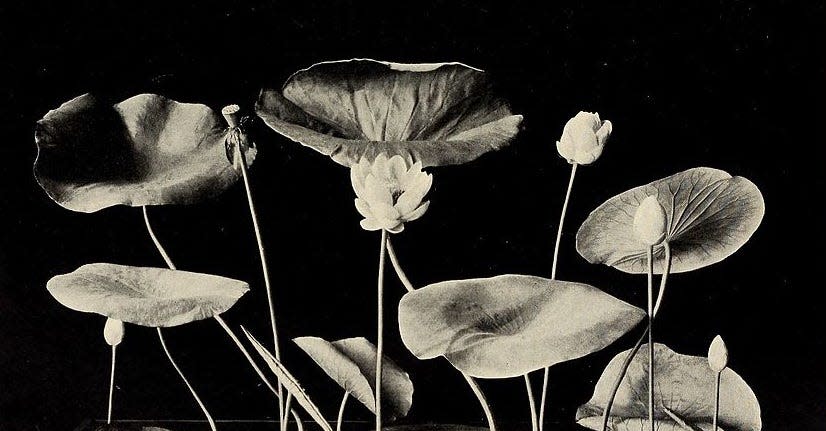Monroe County's lotuses will bloom soon, thanks to restoration efforts
Several years ago, I wrote about the American lotus flower – scientifically known as the Nelumbo lutea or N. lutea. It seems timely to revisit what I consider Monroe County’s official flower especially since they are in bloom in late summer. Around the same time I last wrote, the University of Michigan’s Matthaei Botanical Gardens and Nichols Arboretum featured the American lotus and highlighted facts about it, particularly its utility and use as a food source.

The American lotus can be grown in Zones 4-10 from Ontario, Canada, west to Minnesota and south to Texas and Florida – basically the land area of the U.S. east of the Mississippi River. While it is native to the U.S., the N. lutea has also been venerated by Buddhists and Hindus and is related to its cousin N. nucifera, which is found in tropical regions of Asia.
American lotuses grows in the lake edges, ponds and slow-moving streams which are prevalent in Monroe County. It can even grow in muddy bogs. As its new growth – looking like lily pads – sprouts round, waxy leaves that are typically 2-3 feet wide and grow outward, the signature 6-10-inch white to yellow flowers form and bloom for several days beginning in mid-August. Blooms will open in the morning and close at night during the bloom cycle.
The American lotus’ cone-shaped seed pod – a popular floral arrangement item – emerges after the blooms fade and fall off. The plant’s flowers, seeds, leaves and tuberous roots are all edible, making it a great choice for baking as a cookie or in Asian stir-fry dishes – all inspired by Native populations who relied on the plant as a staple in their diets.

It was Ortha E. Smith Parmelee who led the local campaign in the 1940s to “Save the Lotus” and was one of the founding members of the Lotus Garden Club in 1951, serving as its president. The widow of pro baseball player Le Roy "Bud" Earl Parmelee, Ortha was born Oct. 7, 1907, in the family home on Smith Road in Bedford Township, daughter of Frederick T. and Anna (Scharer) Smith. A 1925 graduate of Lambertville High School, Ortha went on to attend Albion College where she was president of the WWA, vice president of her sophomore class and a member of the Delta Gamma sorority. She transferred to Ohio State University during her junior year where she received a bachelor's degree in education in 1929. In 1964, Ortha received her master's from Eastern Michigan University and did postgraduate work at the College of William and Mary.
Ortha began her teaching career at Van Wert, Van Wert County, Ohio. She was later a teacher in both Bedford and Monroe – the latter where she taught at Custer Junior High and Cantrick schools in Monroe from 1955 to 1971. She also served as a member of the Camp Fire board of directors, past president of the State Cluster Camping Association, the Monroe County Historical Society, the Sawyer Homestead, and a life member of Order of Eastern Star. Her love of gardening and Monroe beautification efforts also led to her selection as president of the Monroe Council of Garden Clubs.

American lotus expert Jeanne Micka worked with Ortha Parmelee on several lotus restoration efforts that resurrected the lotus populations along Lake Erie’s western shore. Jeanne Micka met Ortha shortly after arriving in Monroe with her husband, Dick, following his tour of duty with the U.S. Air Force as a Medical Service Corps officer.
We all should appreciate the American lotus and remember the phrase Jeanne Micka sent to me, “A LOT of US like LOTUS!”
Tom Adamich is president of Visiting Librarian Service, a firm he has operated since 1993. He also is project archivist for the Greening Nursery Co. and Family Archives and the electric vehicle awareness coordinator at Monroe County Community College.
This article originally appeared on The Daily Telegram: Monroe County History: Restoration efforts help us enjoy lotuses today

